Braking technology is just beginning its next evolution: brake by wire.
The principles of hydraulic disc brakes haven’t changed since they first appeared on mass-market bikes with the CB750, although brake components have improved dramatically since then. Braking also became smarter with ABS, traction control, and autonomous emergency braking, to name a few examples. Now the motorcycle industry is exploring brake by wire, so let’s take a look at this tech and how it might affect riding.
What is brake by wire and how does it work?
Brake by wire means that braking is actuated electronically, not hydro-mechanically via the fluid displaced by your lever and pedal. Hand or foot motion still activates your brakes as usual, except your braking inputs become signals sent to the brake control computer in a brake by wire system, which uses the signals to deliver the right amount of braking, at the right wheel(s), at the right time. That entire process should happen faster than normal braking with even more power and control. The computer also uses wheel-speed sensors to determine if additional braking measures are needed, like ABS for a panic stop. Brake by wire is designed for integration with existing rider safety systems and features.
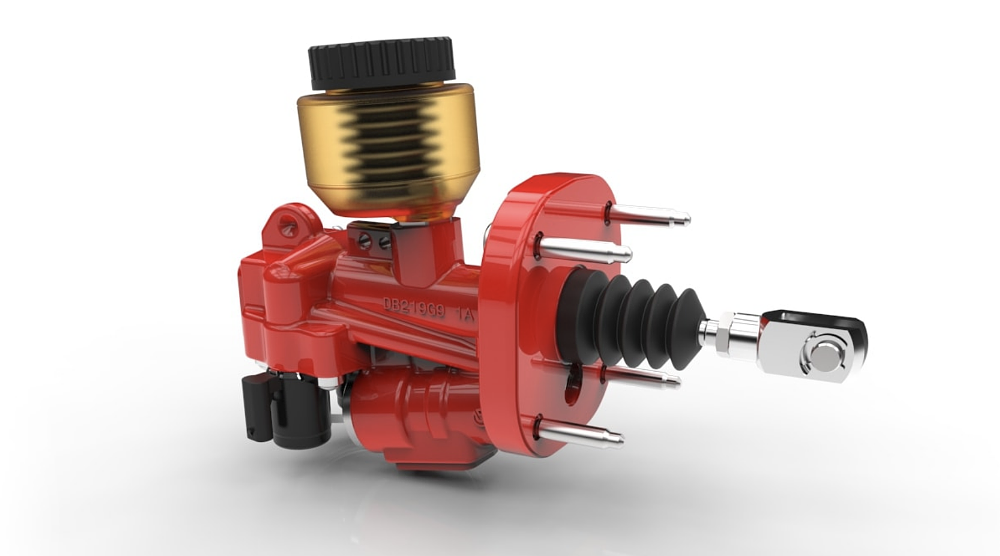
Not convinced of brake by wire’s speed? Formula 1 cars have all adopted the system at this point, along with performance street cars like the new Corvette. It’s also gaining popularity with electric vehicles, such as Audi’s E-Tron, for reasons I’ll get into later.
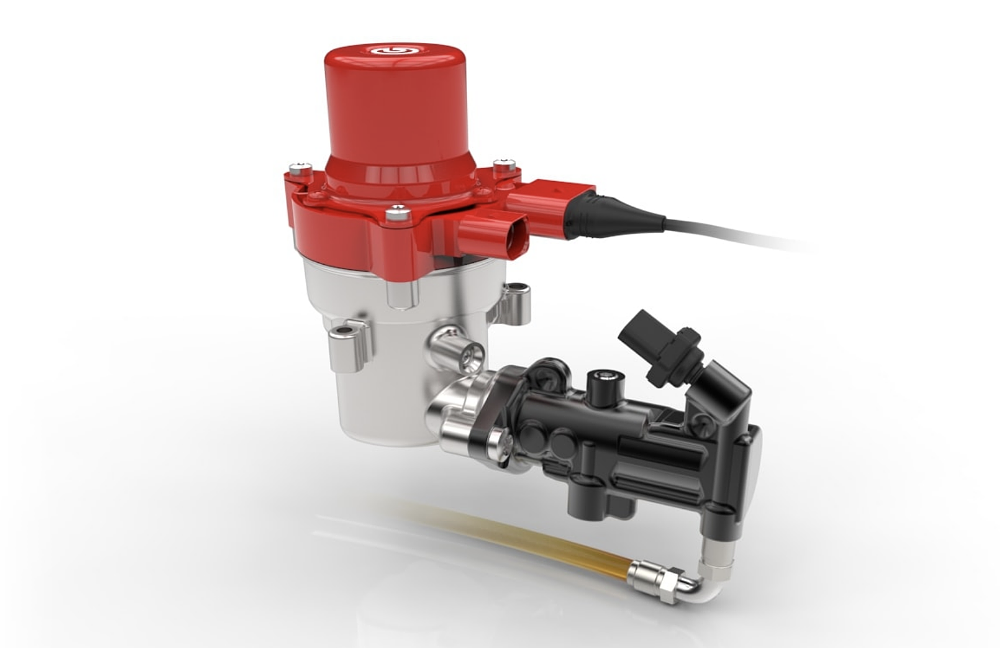
In the "wet" brake by wire systems we’ll likely see on motorcycles, the master cylinders and brake lines aren’t simply replaced with sensors and wires. Hydraulic master cylinders remain in place to preserve “normal” braking feel, but instead of providing feedback from actual pad-to-disc contact, the master cylinder is connected to a brake resistance simulator to give the feel you’d expect from standard brakes. The simulator can be tuned to provide a particular feel or sharpness. One effect of this arrangement is the lack of pulsing felt by the rider when ABS engages. ABS engagement is applied by the brake control computer, meaning the lever or pedal is “upstream” and won’t receive that juddering feedback. Feel remains steady throughout the braking event.
The other style of brake by wire doesn't use brake fluid at all. It's entirely electro-mechanical, or "dry."
Why would you want brake by wire on a motorcycle?
Few of us will ever come close to the braking speed or precision of a computer. (Humans still beat robots in races, at least.) A good brake by wire system will unobtrusively give a rider the reflexes of a computer, sharpening the bike’s responsiveness and only stepping in when necessary. Brake by wire could decrease brake overheating, improve fuel economy with less pad drag, and practically eliminate imbalanced brake force application.
Combine brake by wire with today’s existing bike technologies (lean sensors, gyros, IMUs, dynamic traction control, etc.), and it’s no wonder why manufacturers are so interested in computerizing brakes. Combined braking would be a very easy start. Features like stoppie control, loop-out control, advanced lean-sensitive braking, adaptive cruise control, and more would be relatively simple to integrate compared to current smart-brake platforms. Big talk from a technology that hasn’t taken over motorcycle showrooms yet.
Couldn’t the brake by wire system fail? What then?
Any system can fail, and brake by wire is no exception. The most common concern goes something like this: “If my vehicle loses power, or the brake by wire system fails, won’t the brakes... stop working?” It would, if there wasn’t a fallback braking system. Catastrophic failure in the brake by wire system forces a master cylinder valve to open, immediately converting the master cylinders from simulated to their standard hydraulic function. You’ll just have to ride on without your suite of rider aids, as motorcyclists have for a hundred years.
Hydraulic calipers are the most common choice for brake by wire setups, though electromechanical calipers do exist.
What about electric or hybrid motorcycles?
Electric motorcycles will be excellent candidates for brake by wire, since they need to transition between standard braking and regenerative braking. A brake control computer could seamlessly switch between regen and braking at the discs so the operator can focus on the ride.
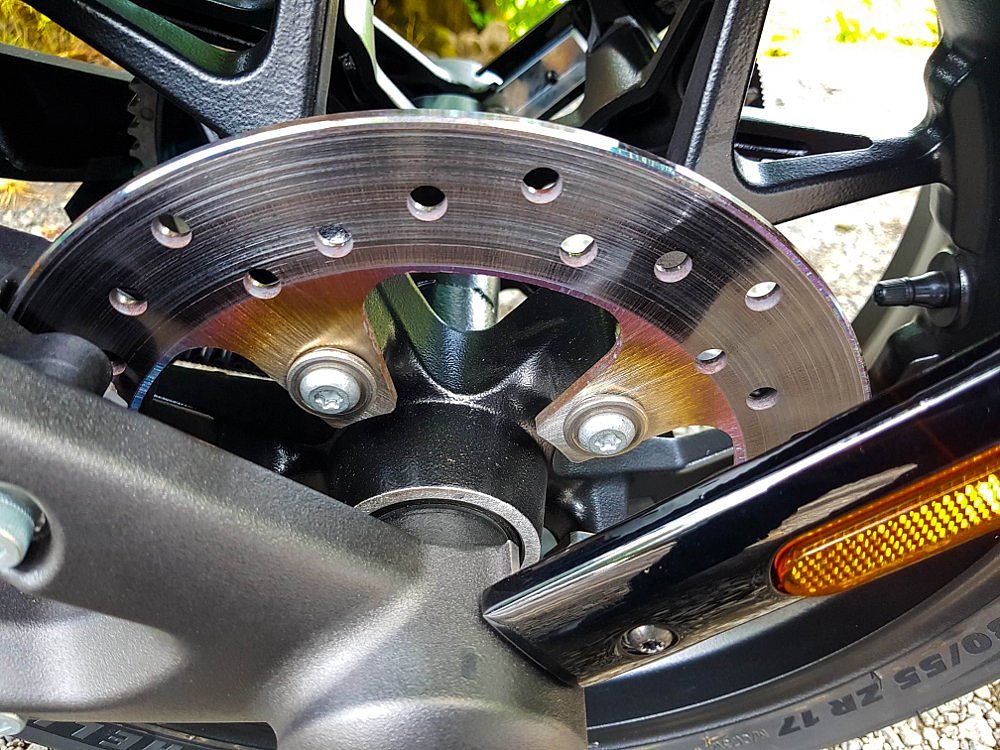
As for hybrids, Brembo is reportedly working on a hybrid-specific brake by wire system that also focuses on maximizing regen without compromising brake response.
Isn't this technology for its own sake?
Those skeptical of brake by wire will be quick to point out that modern hydraulic brakes are already very good, especially now that advanced rider aids are here to handle clumsy brake inputs. They’ll also point out that brake by wire bikes still need a hydraulic brake system onboard to serve as the fallback if the electronics failed, so any brake by wire components will need to give big returns to earn their spot on a motorcycle. Boxes and wires are easier to hide in a car.
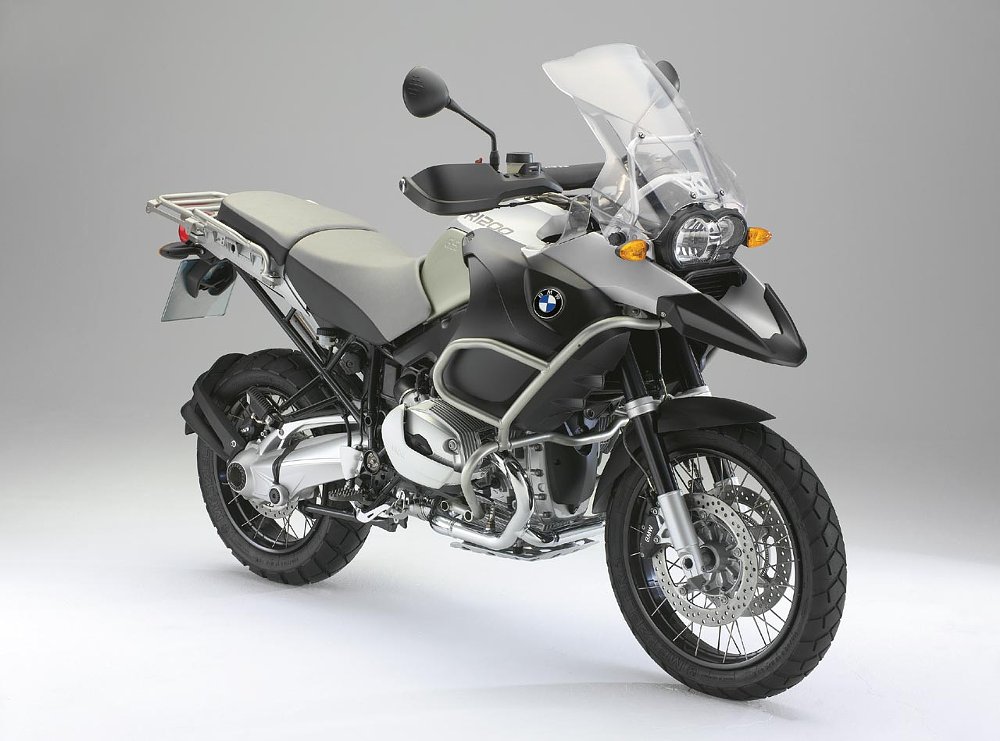
BMW infamously tried to augment conventional brakes a while ago, which went over badly and quickly disappeared. Honda later experimented with an Electronically Controlled Combined ABS system for its CBR line, later changing course and used Combined ABS on tourers and scooters only.
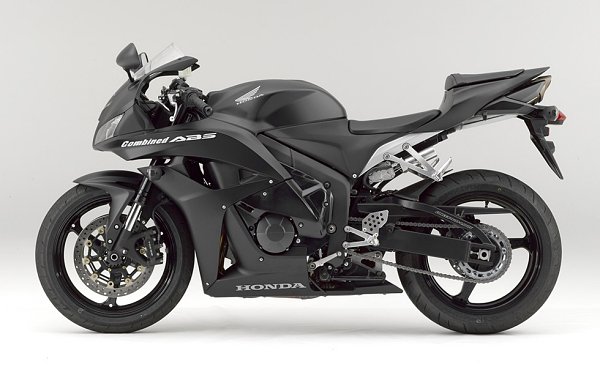
New does not mean better; better means better
Brake by wire feels inevitable after a look at all the tech packed into today’s flagship bikes. Remember when ABS was a premium feature? You can get a Honda Monkey with an IMU in it now!
We won’t know how many riders will want brake by wire until it’s widely available. Will a tech-obsessed European manufacturer offer it first? Or maybe a Japanese powerhouse with deep pockets and huge economies of scale? I think we’ll find out soon enough.












